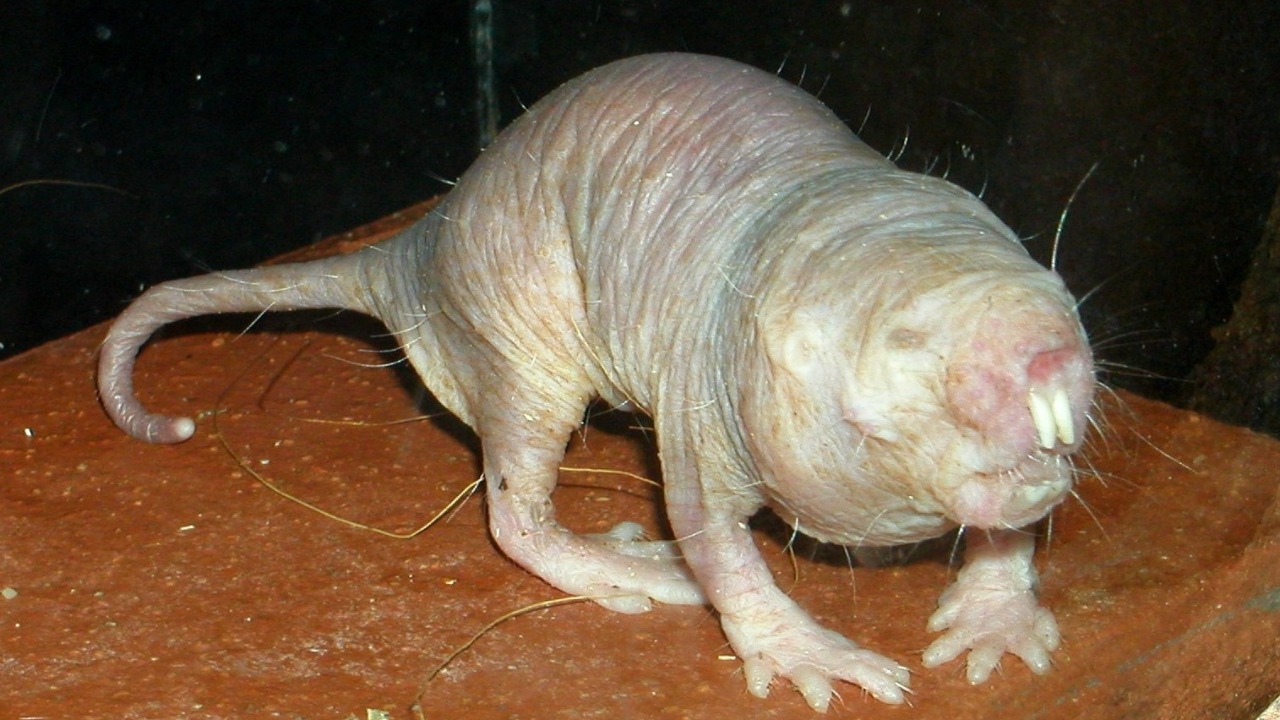
Naked mole rats, small rodents native to East Africa, have captured the attention of scientists due to their extraordinary longevity and resistance to age-related diseases. These unique creatures are the subject of ongoing research aimed at uncovering biological secrets that could have significant implications for human health. Recent articles from Popular Mechanics and Smithsonian Magazine highlight these fascinating studies, exploring how the naked mole rat’s unique adaptations might inform new approaches to human longevity.
The Exceptional Longevity of Naked Mole Rats
Naked mole rats are remarkable for their lifespan, which can exceed 30 years in captivity. This is a stark contrast to the typical lifespan of similar-sized rodents, which usually live only 2-3 years. This significant difference underscores the naked mole rat’s status as an outlier in the animal kingdom (Smithsonian Magazine). Their longevity is attributed to a combination of environmental and social factors. Living in underground colonies in East Africa, these rodents benefit from low metabolic rates and reduced oxidative stress, conditions that are conducive to a longer life (Popular Mechanics).
Their eusocial structure, which includes a single breeding queen and sterile workers, also plays a crucial role in their longevity. This social organization minimizes individual stress and competition, allowing the colony to function efficiently and enhancing the overall lifespan of its members (BBC News). The implications of these findings are significant, suggesting that social and environmental factors could be manipulated to improve human health and longevity.
Genetic Secrets to Cancer Resistance
One of the most intriguing aspects of the naked mole rat’s biology is its resistance to cancer. Researchers at the University of Rochester have identified specific genetic mutations that prevent uncontrolled cell growth, including enhanced DNA repair mechanisms (University of Rochester). These genetic traits are complemented by the presence of high-molecular-mass hyaluronan in their tissues, a sugar molecule that inhibits tumor formation. This molecule is found in much higher abundance in naked mole rats compared to other mammals (BBC News).
Experimental evidence from 2018 research demonstrated that naked mole rat cells resist cancerous transformation even under stress, providing a potential model for human cancer prevention (University of Rochester). These findings could pave the way for new cancer therapies that mimic the naked mole rat’s natural defenses, offering hope for more effective prevention strategies in humans.
Protein Structures Enabling Healthy Aging
The stability of proteins in naked mole rats is another key factor contributing to their healthy aging. These proteins are resistant to denaturation, helping maintain cellular function over decades without the typical age-related decline (PBS NewsHour). Studies conducted in 2013 revealed that these proteins fold more efficiently, avoiding aggregation linked to diseases like Alzheimer’s. This insight offers valuable lessons for protein engineering aimed at combating age-related diseases in humans.
These protein traits are linked to broader anti-aging effects, including sustained tissue repair. Comparative genomic analyses have shown that the unique protein structures in naked mole rats contribute significantly to their longevity and overall health (Popular Mechanics). The potential to harness these protein characteristics for human benefit could revolutionize the field of anti-aging research.
Implications for Human Longevity Research
Efforts are underway to translate the genetic advantages of naked mole rats into human therapies. One promising area of research involves gene editing to boost hyaluronan levels in humans, potentially enhancing cancer resistance (BBC News). However, applying these findings to humans presents challenges, including physiological differences that must be overcome. Despite these hurdles, promising preclinical trials from 2025 studies suggest that these efforts could yield significant breakthroughs (Smithsonian Magazine).
Additionally, researchers are exploring the development of drugs that mimic the protein stability found in naked mole rats. These drugs could combat age-related diseases, offering new hope for extending healthy human lifespans. Interdisciplinary research collaborations are crucial in advancing these initiatives, highlighting the importance of continued investment in this promising field (Popular Mechanics).